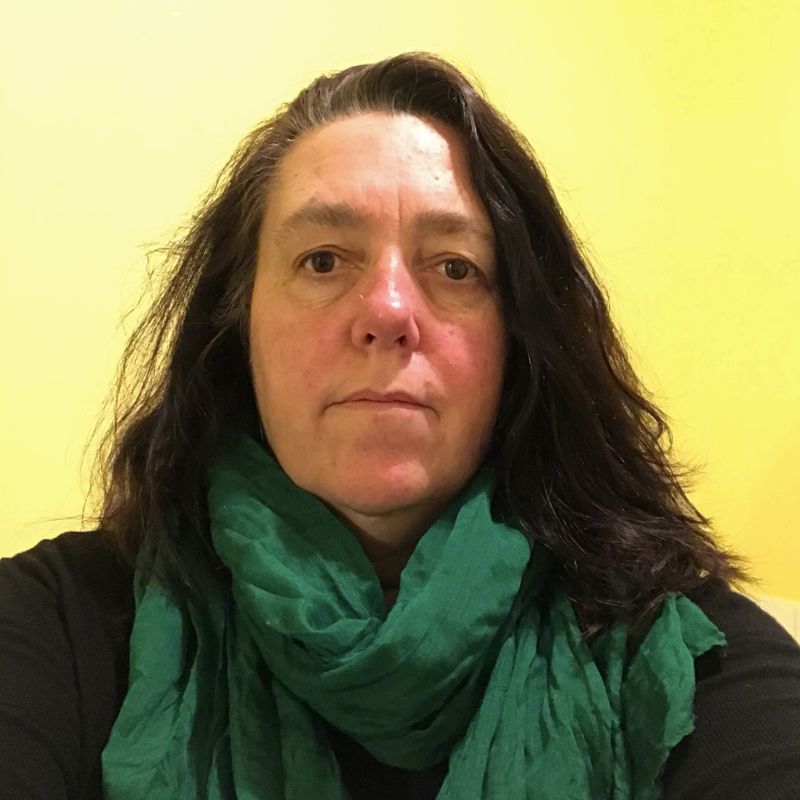Dinah Hayward
About the researcher
I have worked extensively in music education.From 2008-2015 I worked as peripatetic tutor teaching percussion, singing and performance skills, in over 40 schools for the Bristol Arts and Music Service (BAMS). In 2014 I was the music module leader and lecturer on a Creative Arts Therapies (CATS) degree course for Plymouth University.I completed my BA in Creative Music Technology (CMT) at Falmouth in 2018 and continued on to a MA in Sonic Art at Goldsmiths University. At Goldsmiths, I worked with a team on a student-led production project. We conducted recording sessions at the Goldsmiths commercial Music Studios(GMS) and arranged several live performances at Goldsmiths University, a showcase at The Albany Theatre, and released mixes on the NX music label. My practice has changed over the years from guitarist, singersongwriter and percussionist, (West-African and Afro Cuban) to more experimental forms using film, sound design and poetry. I have a fIne arts background, particularly photography, having completed a Access course in Art and Design and a Diploma in Art and Music.

PhD abstract
Thesis title
How can increased knowledge of aural diversity influence, modify and transform approaches to compositional and listening practices in sonic arts?
Abstract
My research sits at the intersection of art, science (physics/ acoustics) and audio technology. I am primarily looking at how we perceive, experience, and are affected by sound, with a particular research focus on aural diversity. I am investigating how tinnitus, deafness and other listening positionalities affect the perception of sound, including multi sensory hearing/listening which includes haptics, wearable technologies, and prosthetics. The aim is to develop the concept of inclusive practice, one which foregrounds aurally diverse perspectives at the outset, and is informed by feminist discourse and disability studies. The practice serves as a vehicle to pursue key themes and issues for critical, theoretical and aesthetic engagement; to address the exclusion of aurally diverse perspectives and histories, which are currently sitting at the peripheries of existing discourse; and to re imagine approaches to composition and listening practices in sonic art.